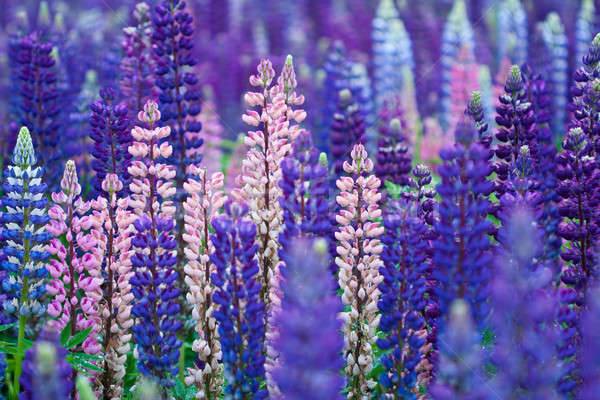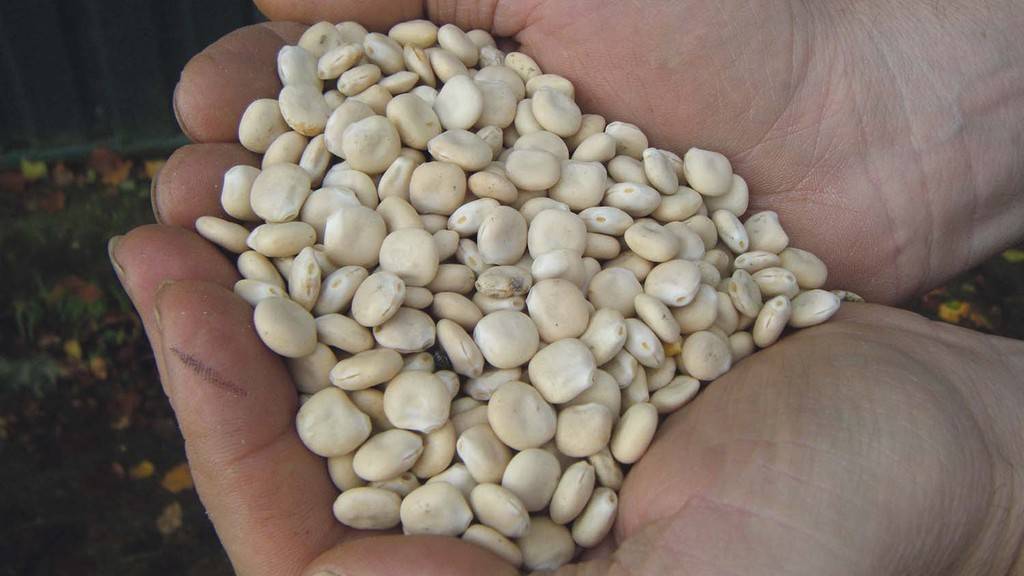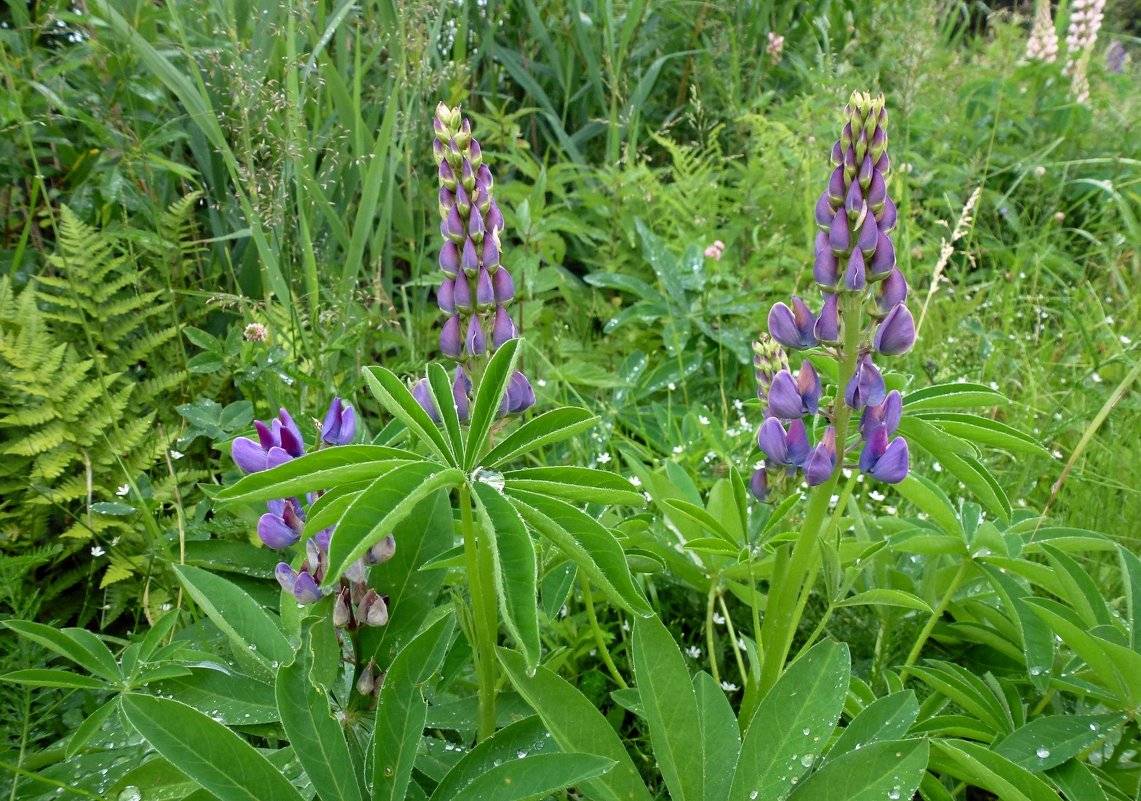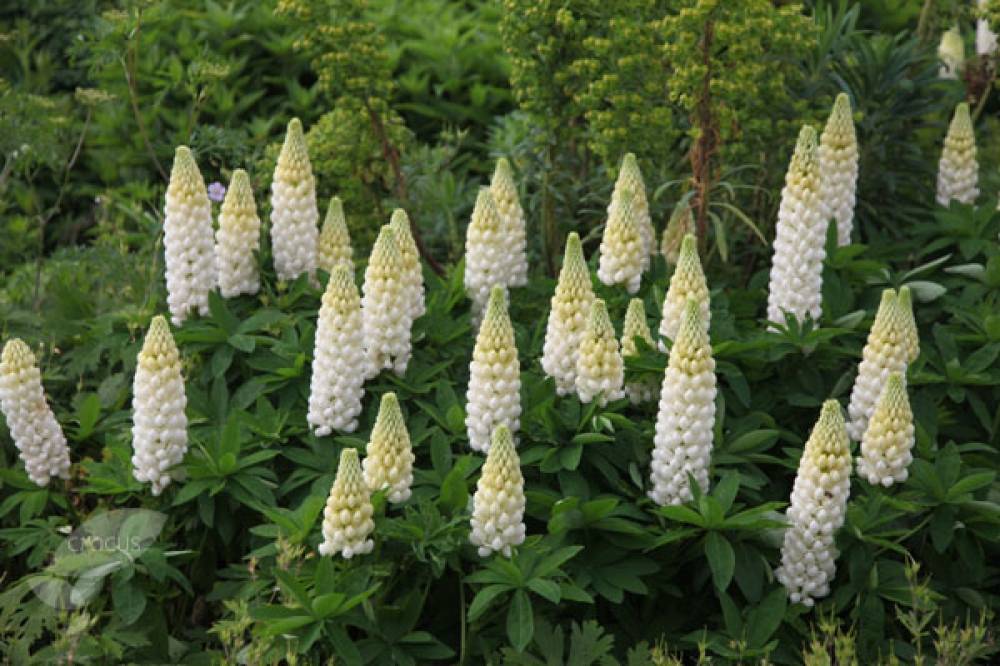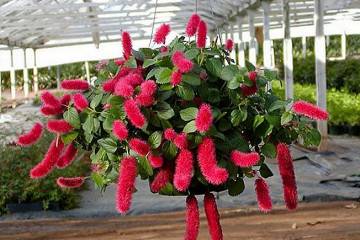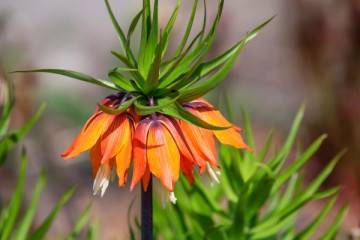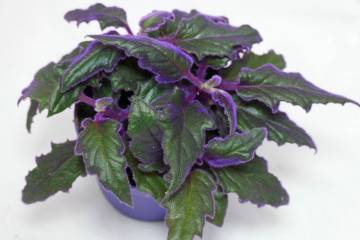Lupine feed for animals
Content:
- What does fodder lupine look like, which family does it belong to?
- Is it possible to feed animals with lupine: the advantages and disadvantages of such food
- Features of the cultivation of fodder lupine
- When and how it blooms
- How to propagate by seed: a quick guide
- Possible problems in growing fodder lupine
What does lupine look like, why is this crop grown? Such questions are asked, in particular, by those who are engaged in agriculture and have livestock. Analyzing the topic, we can come to the conclusion that we are talking about an extremely beautiful and useful plant.
What does fodder lupine look like, which family does it belong to?
Lupine is a herbaceous annual and perennial plant. Belongs to the legume family. In nature, as a culture, there are more than two hundred varieties. The greatest interest is shown in decorative and industrial varieties. They are of particular value.
There are three main types of fodder lupine, which are used in agriculture, in the agricultural industry. Lupine feed for animals and poultry can be blue, yellow, white. These are its main varieties.
Among other varieties are popular:
- Harweg;
- dwarf varieties such as a silvery stunted species, a tiny, pink sorceress. This also includes Fireworks, Russell.
Turning to the botanical characteristics, it should be noted that lupines gained fame in ancient times. Since then, it has become a cultivated species. It grows in the form of a lush shrub or semi-shrub.
Is it possible to feed animals with lupine: the advantages and disadvantages of such food
Fodder lupine is widely used in agriculture. Lupine is invaluable in agriculture. They are fed poultry, fish, large livestock. This culture is often used not only at home, but also in industrial conditions.
When asked whether it is possible to give lupine to animals, knowledgeable people answer in the affirmative. The highlights are as follows:
- the high percentage of protein contained in it is considered an advantage. In the body of animals, this useful element is absorbed very easily. By introducing lupine into the food ration for livestock feed, the quality of meat and fat of animals is increased. Compared to legumes, grains, and soybeans, lupine benefits in many ways;
- industrial growing conditions reflect the need to favor yellow and white lupines. In these varieties, the presence of a minimum amount of alkaloids. This is very important, since the taste of seeds and greens is preserved. In turn, this allows lupine to be used for animal feed as a green forage crop.
Lupine is used in various forms for feeding poultry and animals.
Feed hay is used for livestock. Agronomists cultivate narrow-leaved lupine for hay. Its seeds are used to grow crops for animal feed.
Is it possible for cows to have lupine and in what form, is lupine useful for laying hens and how does it differ from the composition that goes to animals? The answers to these questions can be revealed as follows:
- for cows, fodder lupine is used coarsely after passing through mechanical grinding. In addition, a briquetting method is used;
- the granulation method is used to create feed for chickens, other species of birds, as well as fish. Experts answer affirmatively to the question of whether it is possible to give lupine to chickens. In incubators, agricultural lupine is used to improve the quality of hen eggs in hens.
If you ask the question whether it is possible for chickens to grow wild lupine growing on the sidelines, in the fields, then on the one hand, one must state its similarity with an ordinary agricultural species, and on the other hand, take into account the absence in it of those elements that the plant receives with special care.
In addition to the specified processing methods, the plant can go through malting, micronization, and flaking.
Features of the cultivation of fodder lupine
As an example, we can take a white variety, the cultivation technology of which involves several stages. Lupine white, cultivation technology:
- landing. Seedlings are planted in early March. Seeds should be planted outdoors the next month in April. Planting can also take place in late autumn before winter;
- lighting. Lupine needs bright sunlight for good growth;
- priming. The soil can be any;
- watering. In the spring, the color needs abundant watering. Then the humidity is reduced to moderate;
- spraying is of great benefit. The leaves of the plant are refreshed, begin to "breathe", and are saturated;
- top dressing. Fertilize the soil in the spring of next year after planting. Once a season, the soil is fertilized with useful minerals in a complex composition, without the inclusion of nitrogen.
When and how it blooms
The flowering period is in May. The flower blooms in the last days of May or in the first days of June. The flowering time lasts 20 days. At this time, wood ash is used as additional feeding. Watering is done in moderation, but if a dry period occurs, the soil is watered more abundantly.
How to propagate by seed: a quick guide
Lupine is grown from seed, but not just seedlings. The seeds are placed in the open ground, waiting for April, just after the melting of the snow cover has ended. The site itself is being prepared in the fall.
The technical point may lie in the fact that many gardeners are inclined to carry out the winter sowing of plant seeds. This happens at the end of October. There are many advantages in podzimny sowing and there are practically no contraindications. The sprouts will not appear on the surface until winter comes. At the same time, the planted seeds undergo natural stratification, and the first shoots appear in the spring.
Possible problems in growing fodder lupine
Beautiful flowers attract not only beneficial insects in the form of bees, but also pests. In particular, aphids that settle in unopened buds. In a later period, the nodule weevil can annoy. The same harm comes from the larvae of sprout flies.
Treating bushes with a special solution containing an insecticidal preparation will help get rid of pests.
The greatest danger is posed by diseases, which are expressed in the following manifestations:
- in fusarium wilting;
- in the manifestation of a rusty tint on the leaves;
- in root and gray rot;
- in the appearance of spots and phomopsis.
Plant pests and diseases should be dealt with using the following methods:
- do not treat crops with chemicals if they are used for green compound feed;
- to get rid of nodule weevils on seedlings, they are treated with insecticides;
- aphids, thrips, other pests that appear during the budding phase are destroyed by treating crops with insecticides;
- fomopsiosis, ceratophorosis, which engulfed the plant, are cured with folicur BT preparations and an impact.
Lupine, as a plant culture, is not only useful, but also very beautiful.In garden plots, it can be found quite often. In the summer, when the fields begin to bloom, it is an incomparable sight. But to achieve this, one should not rely only on nature. A person also needs to apply his own strength.
